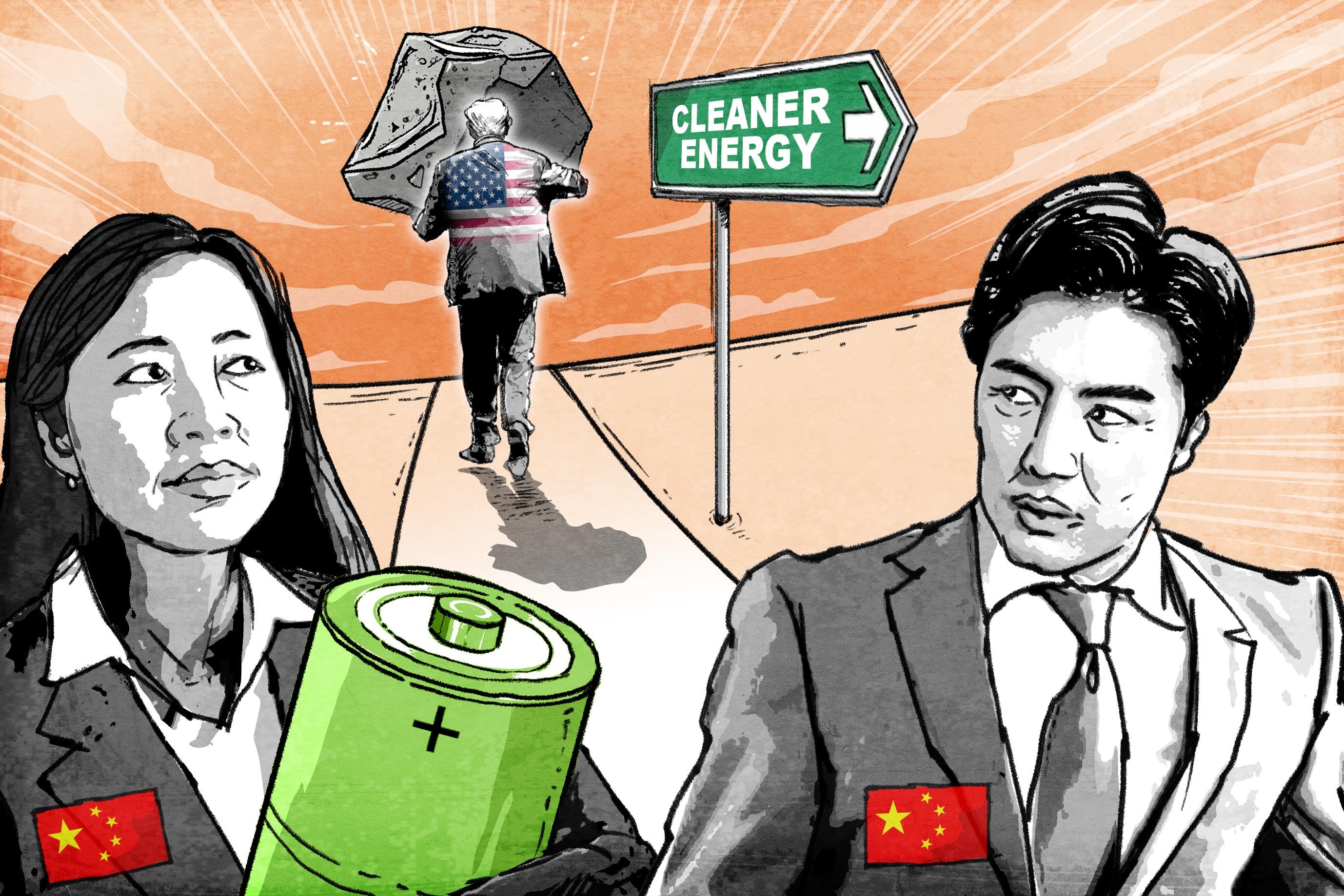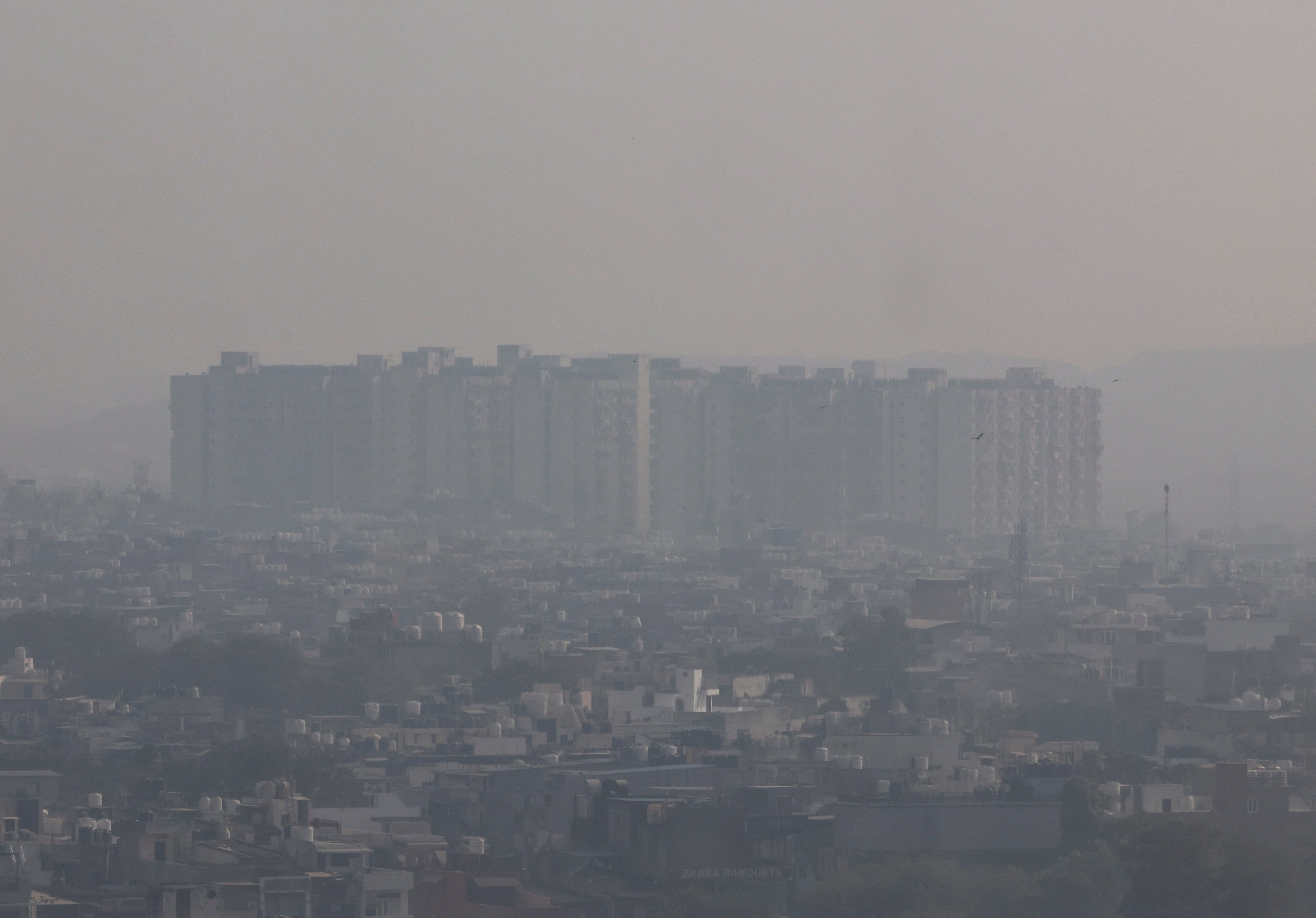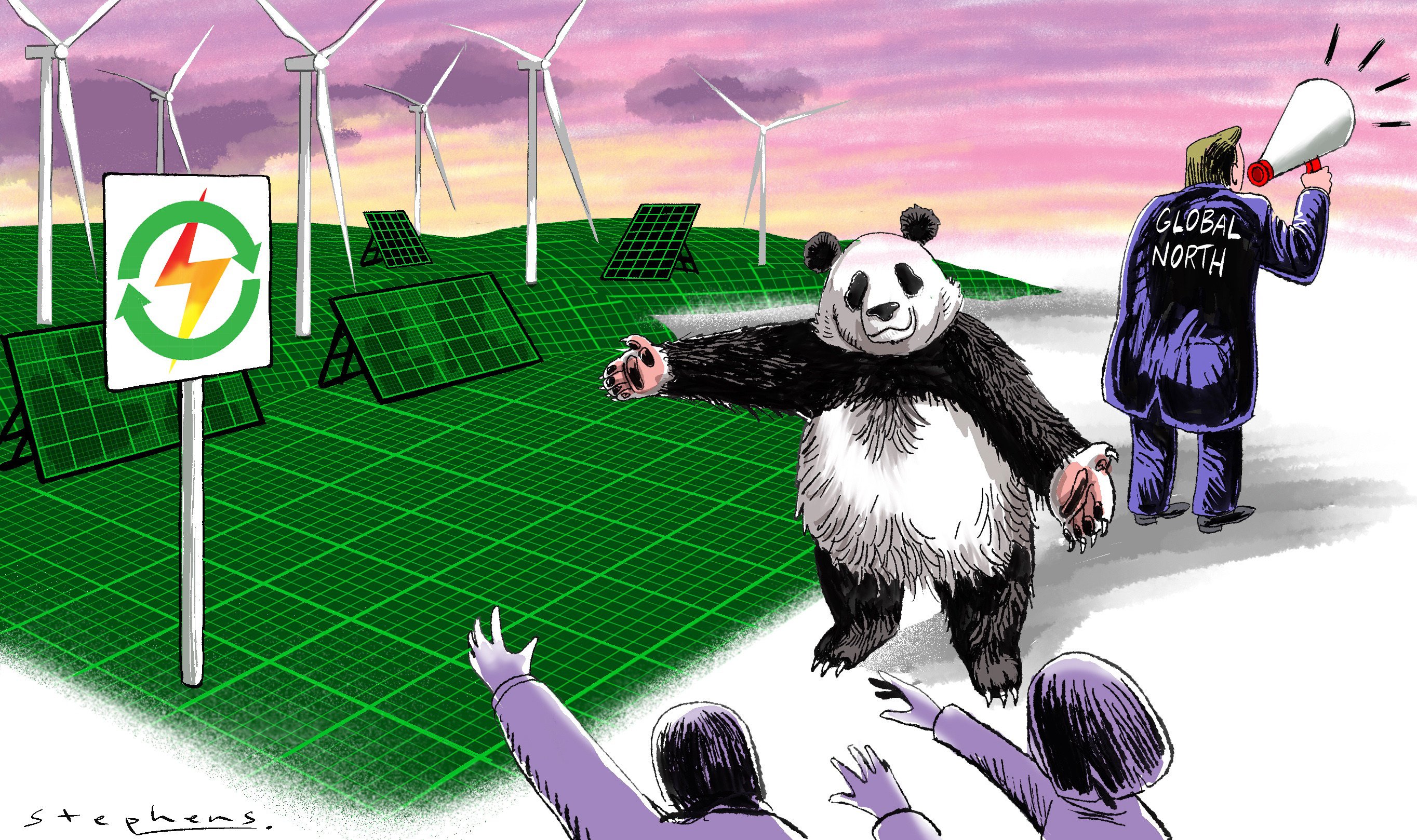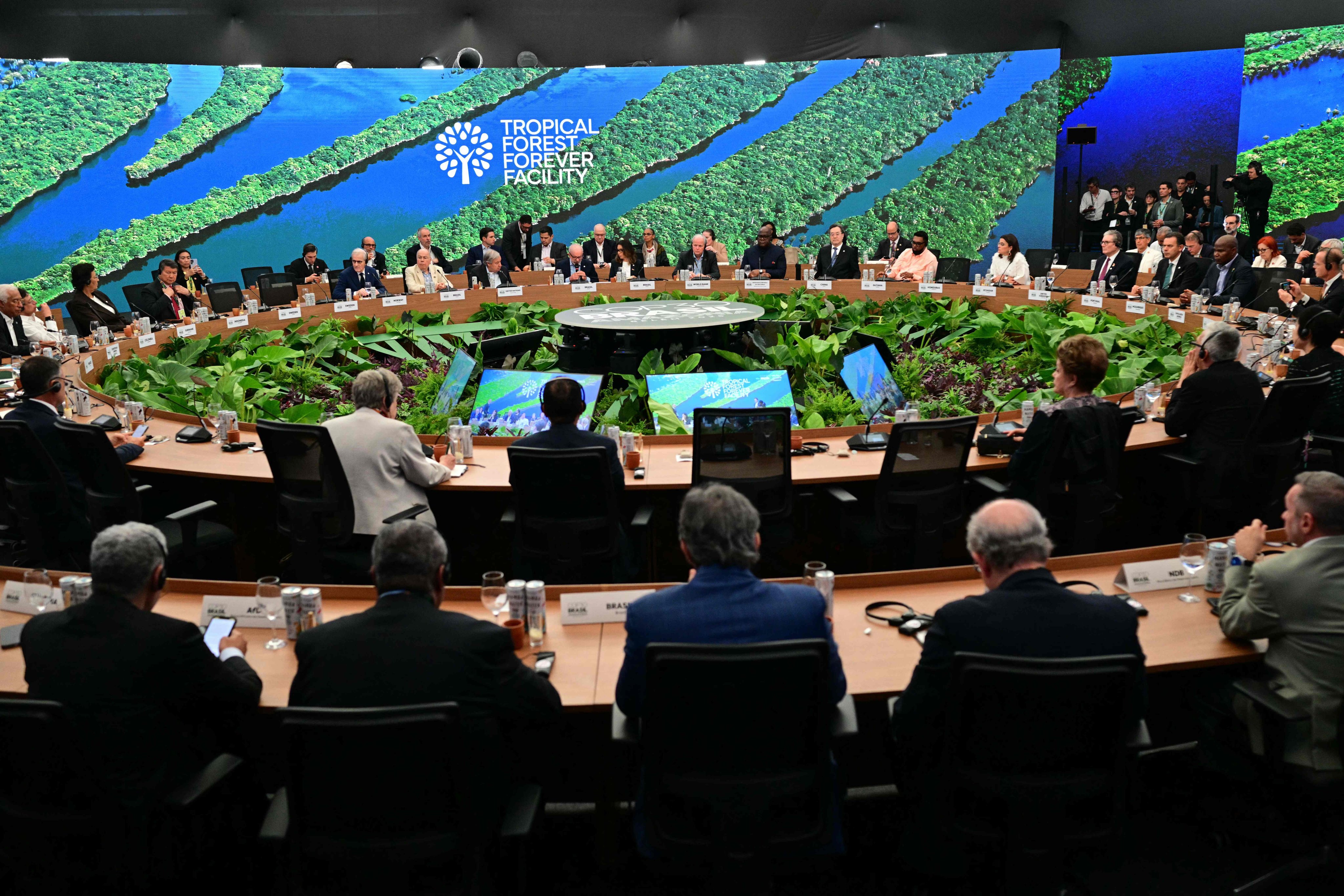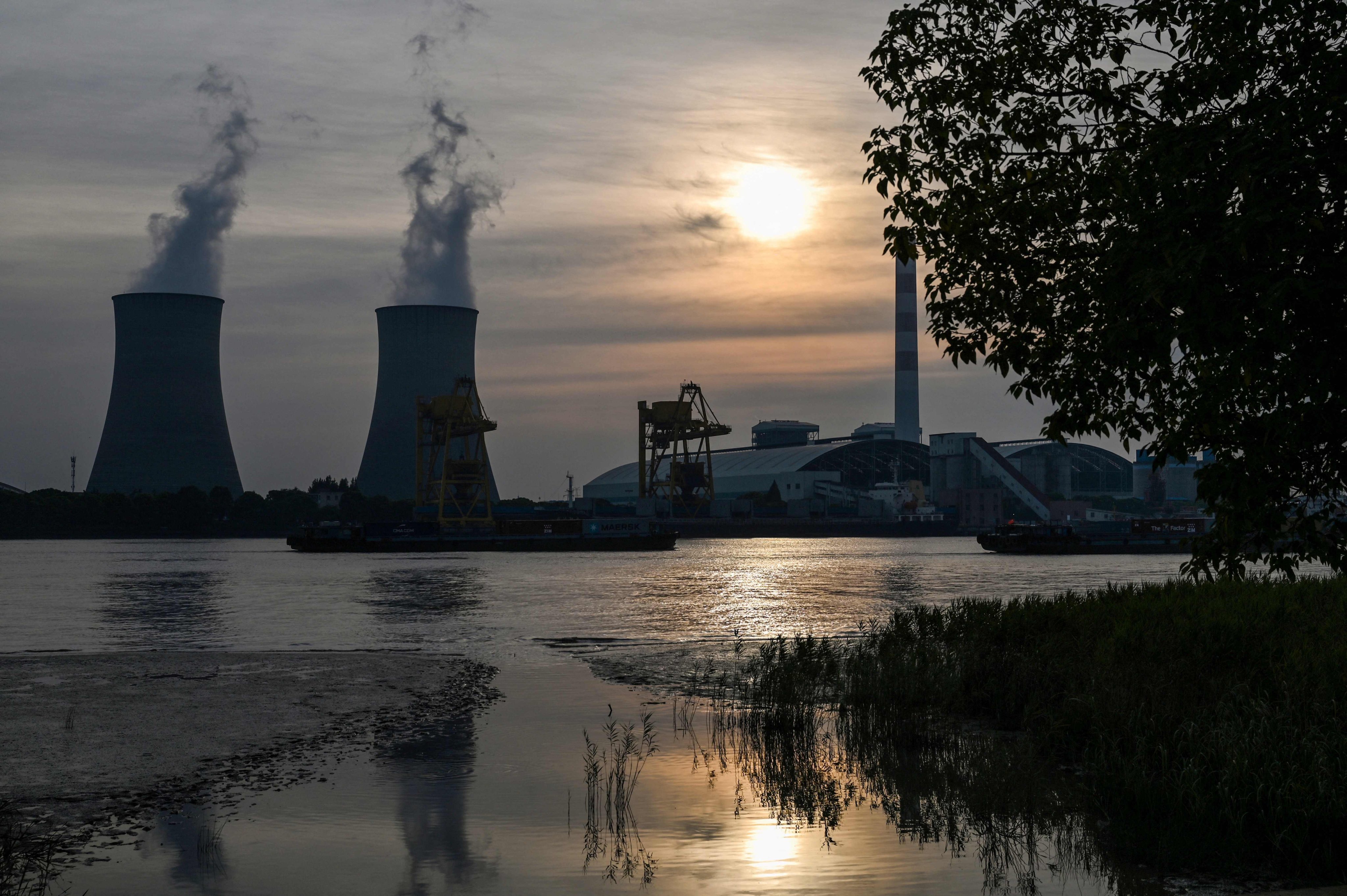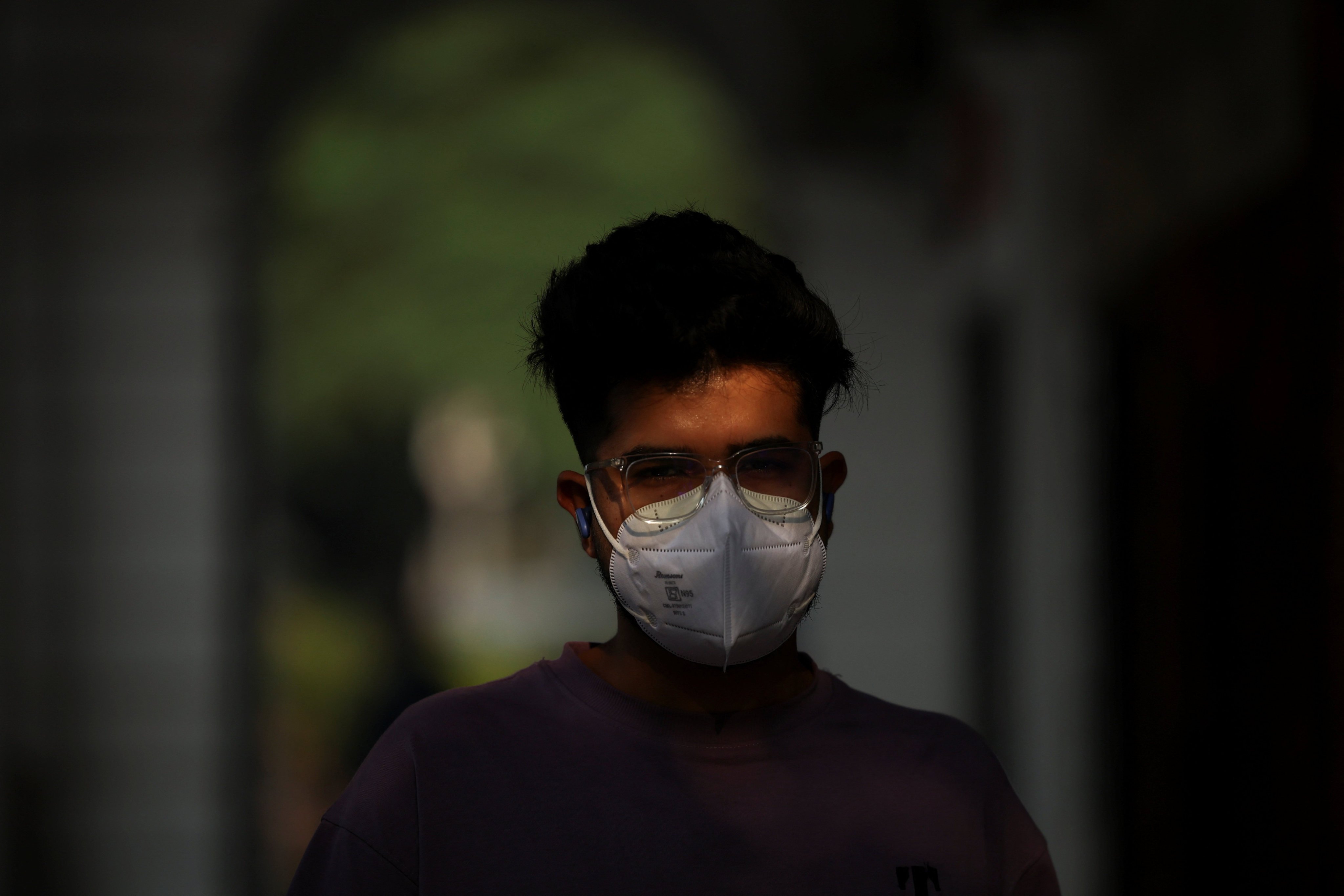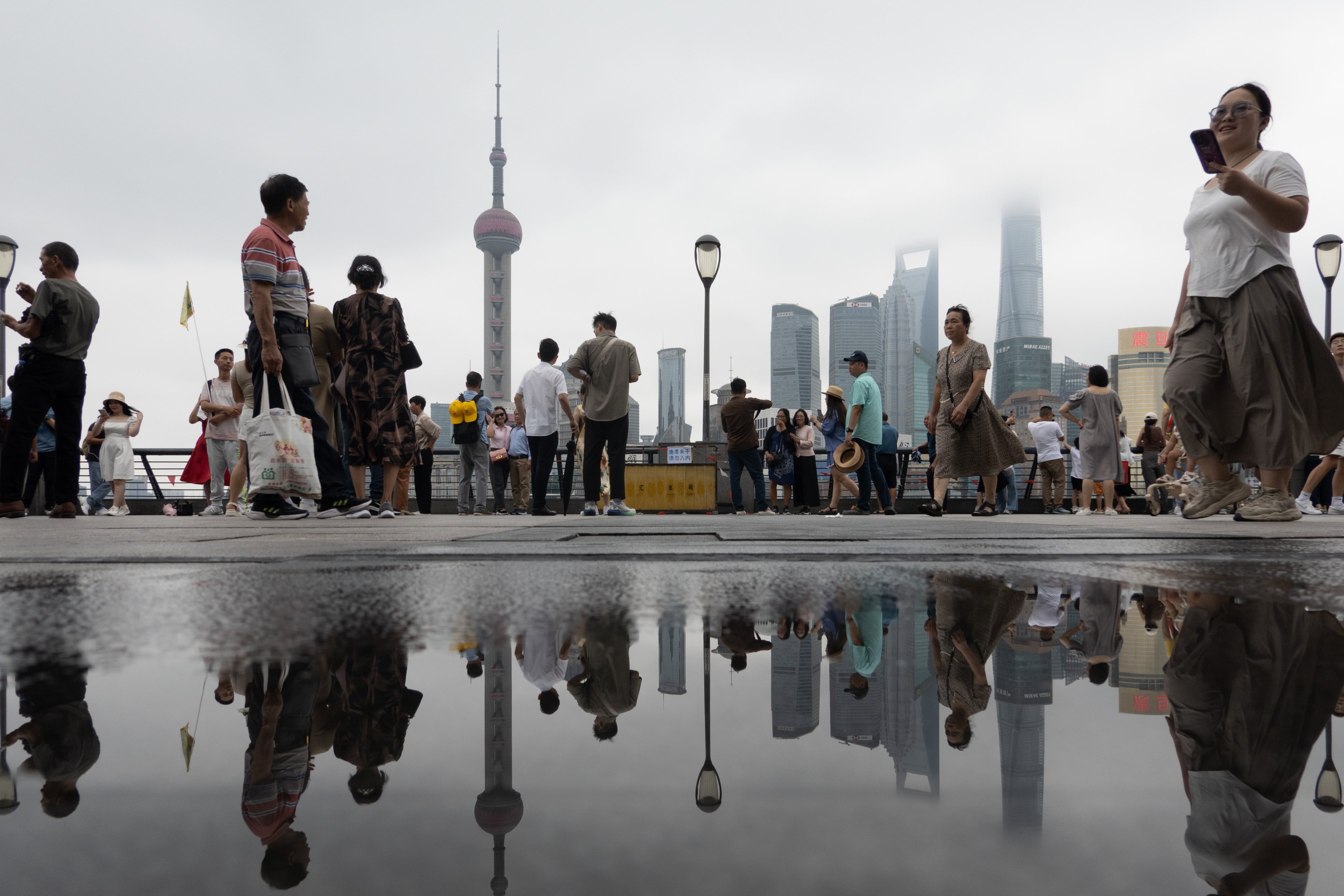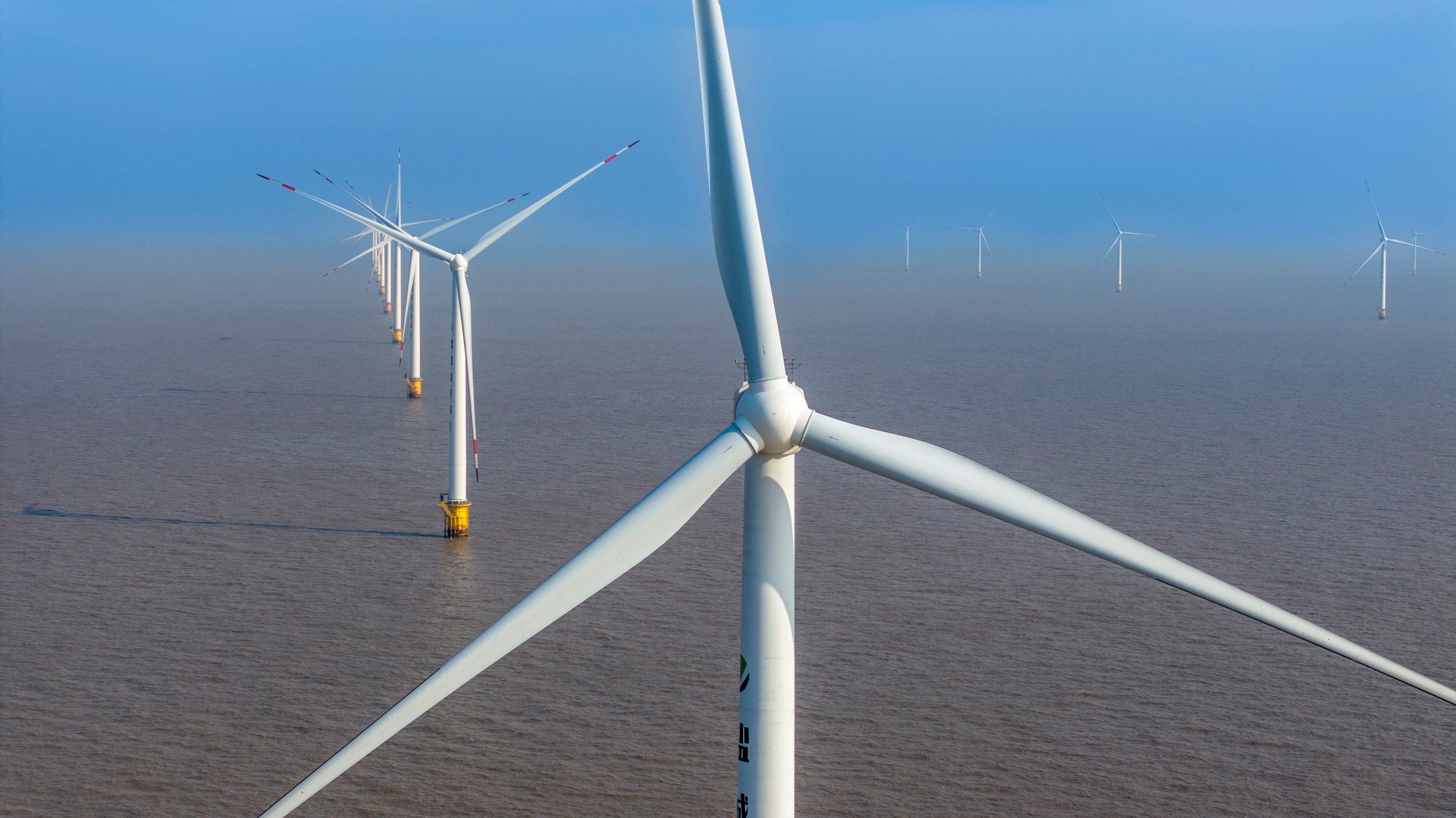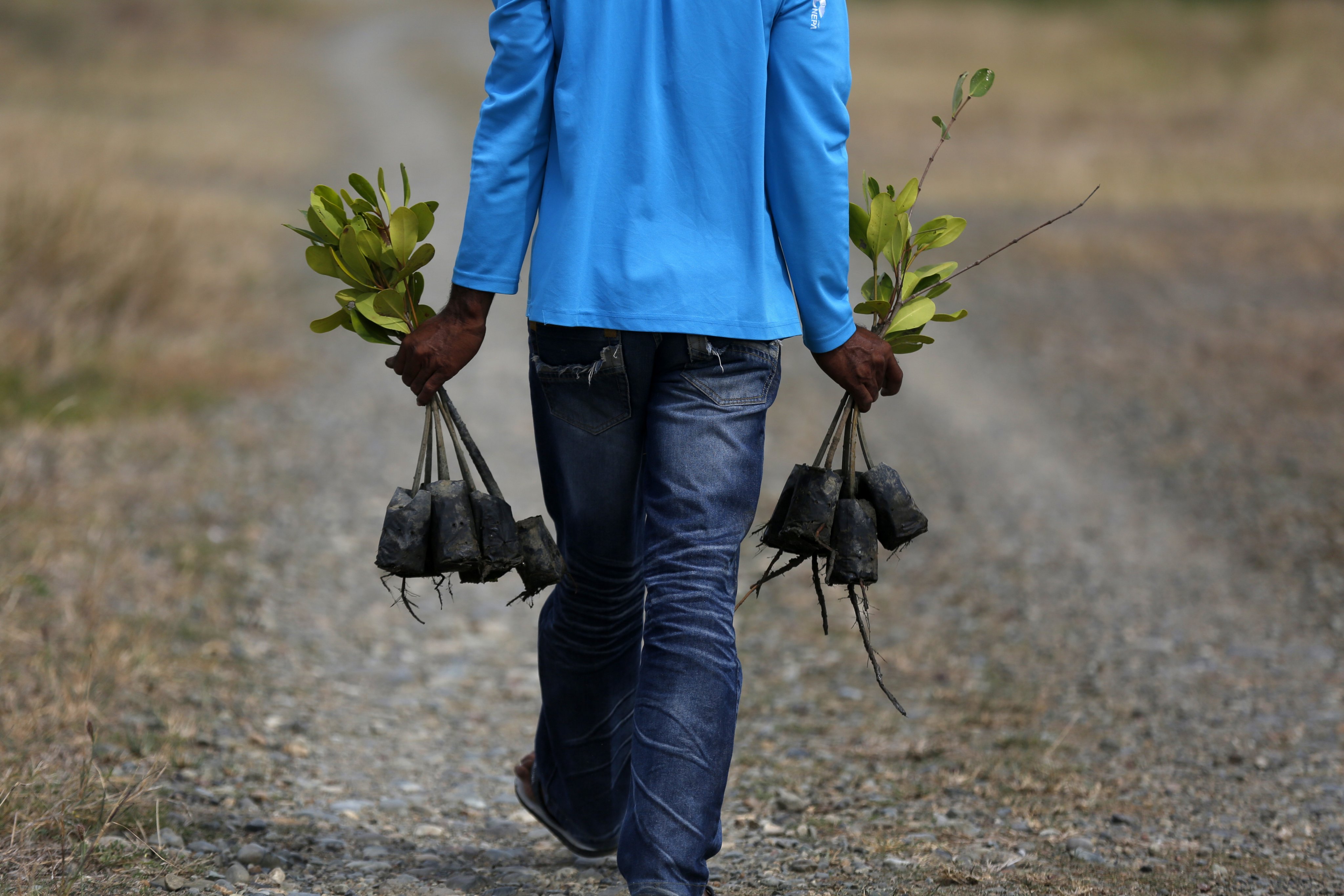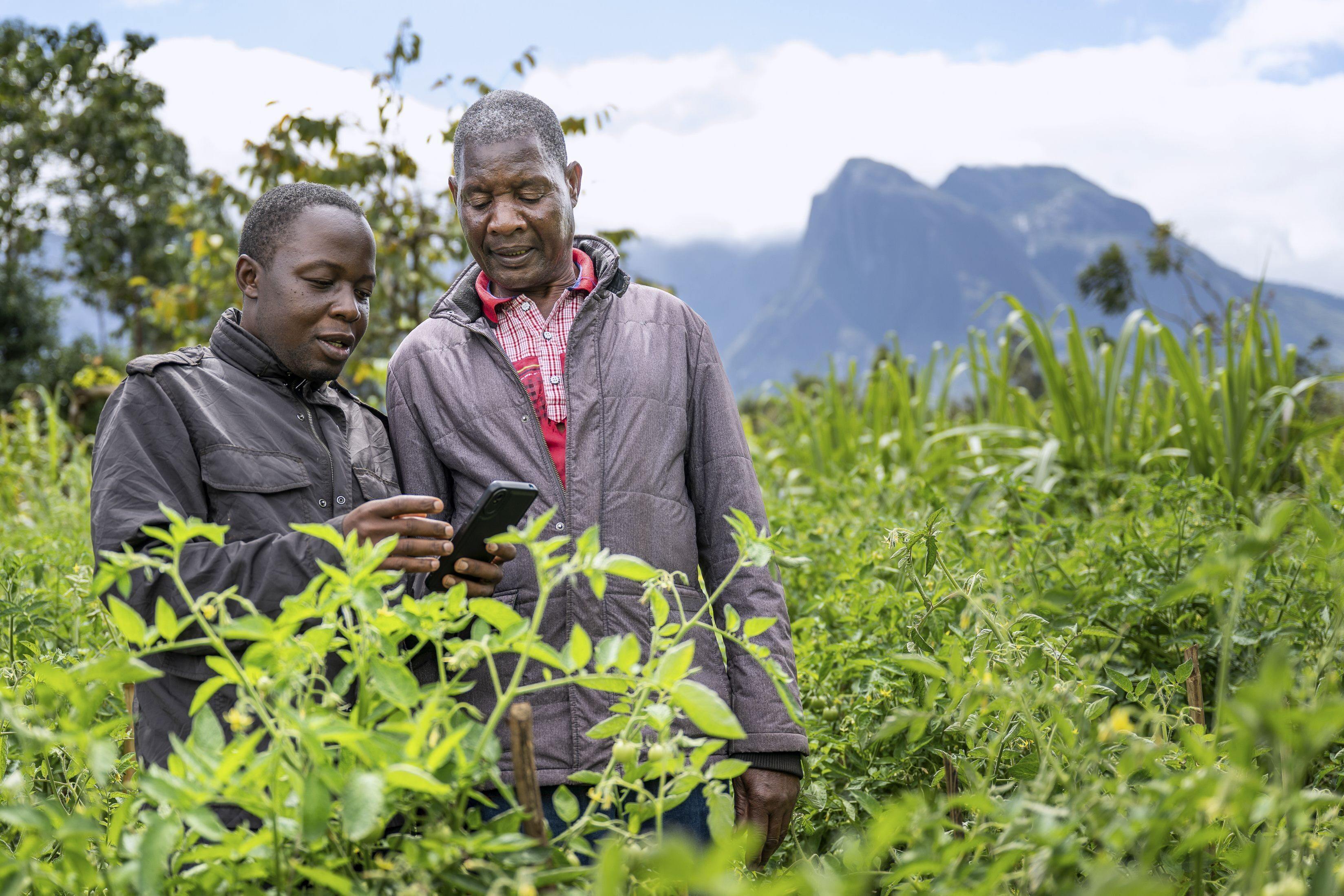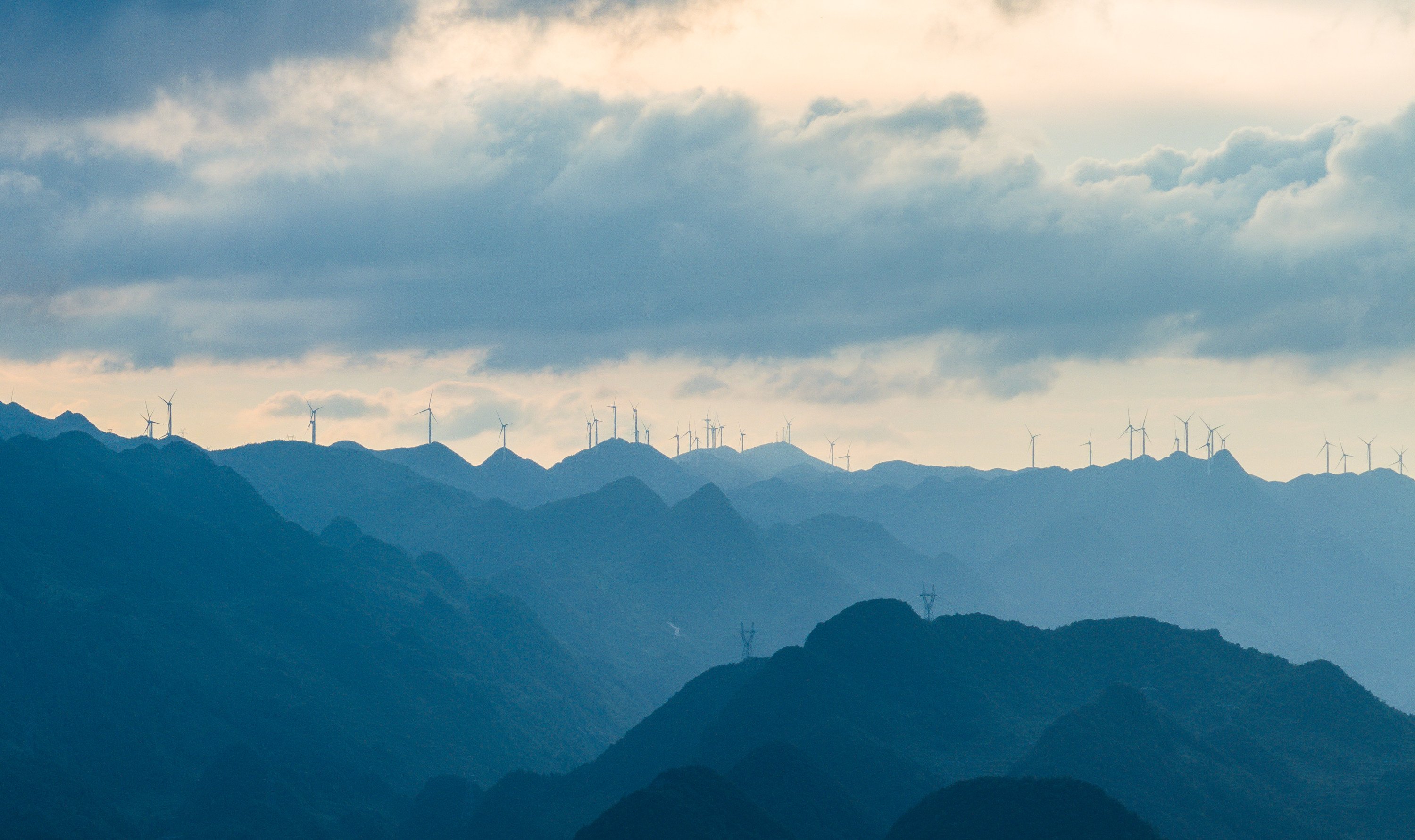TOPIC
Climate change science and technology
Climate change science and technology
Latest news, analysis and commentary about the technological aspects of adjusting to climate change, including stories about decarbonisation, the removal of pollutants from the air, water or soil, and innovations in energy-saving technology.
Advertisement
Advertisement
Advertisement
Help preserve 120 years of quality journalism.
SUPPORT NOWAdvertisement
Advertisement
Advertisement
Advertisement
Advertisement
Advertisement
Advertisement
Advertisement
Advertisement
Advertisement
Advertisement
Advertisement
